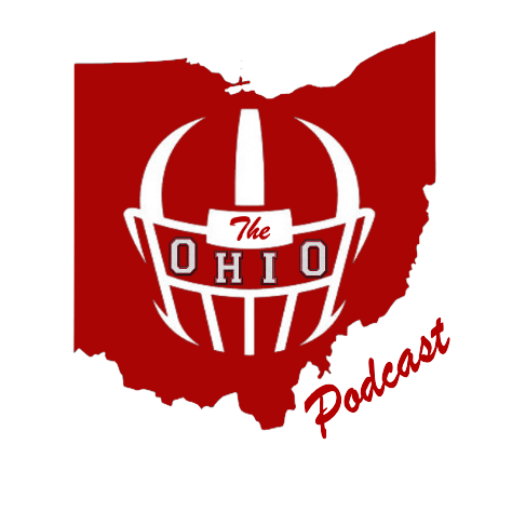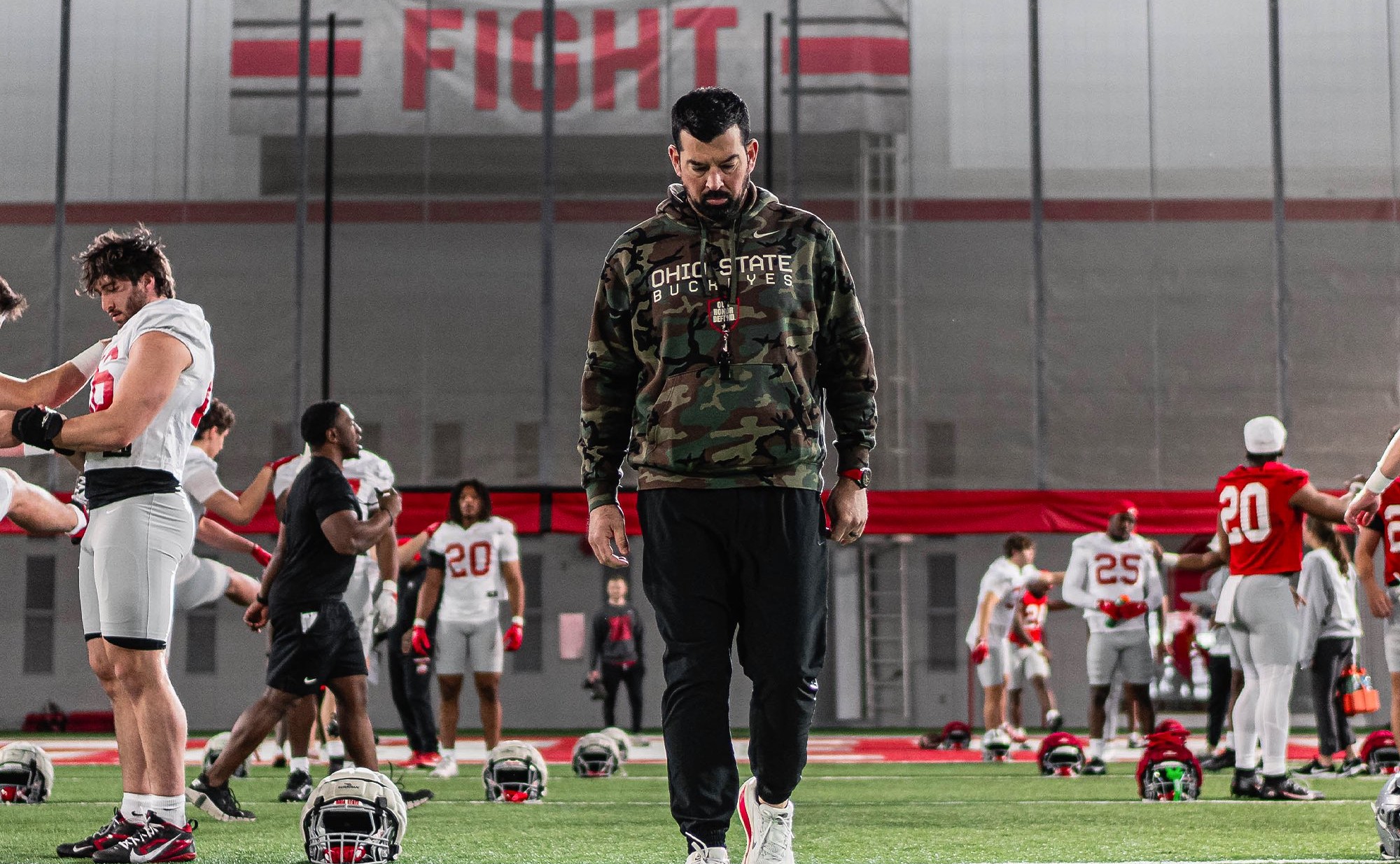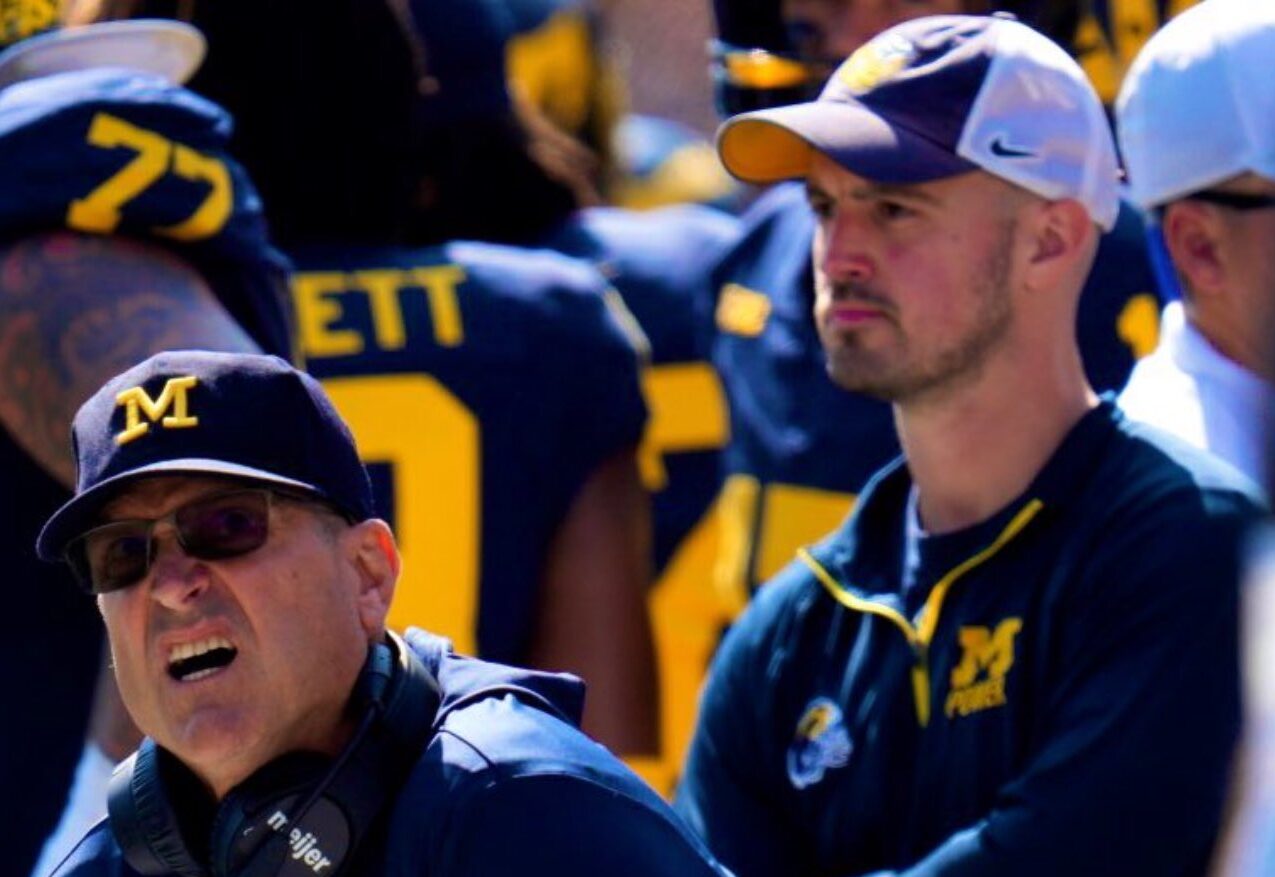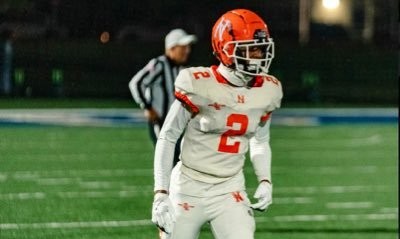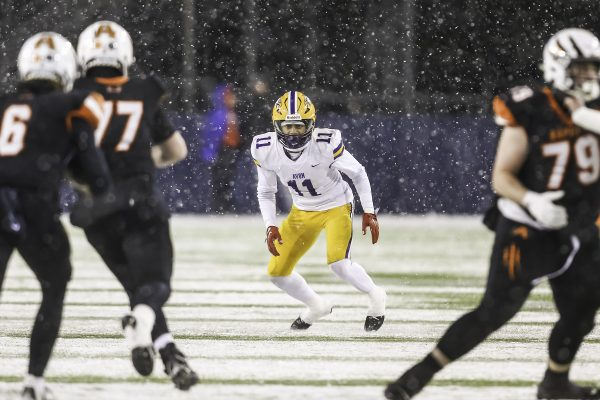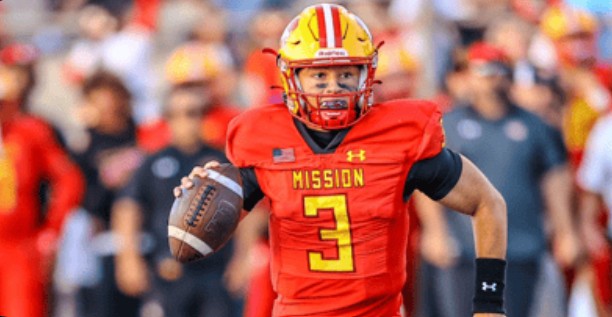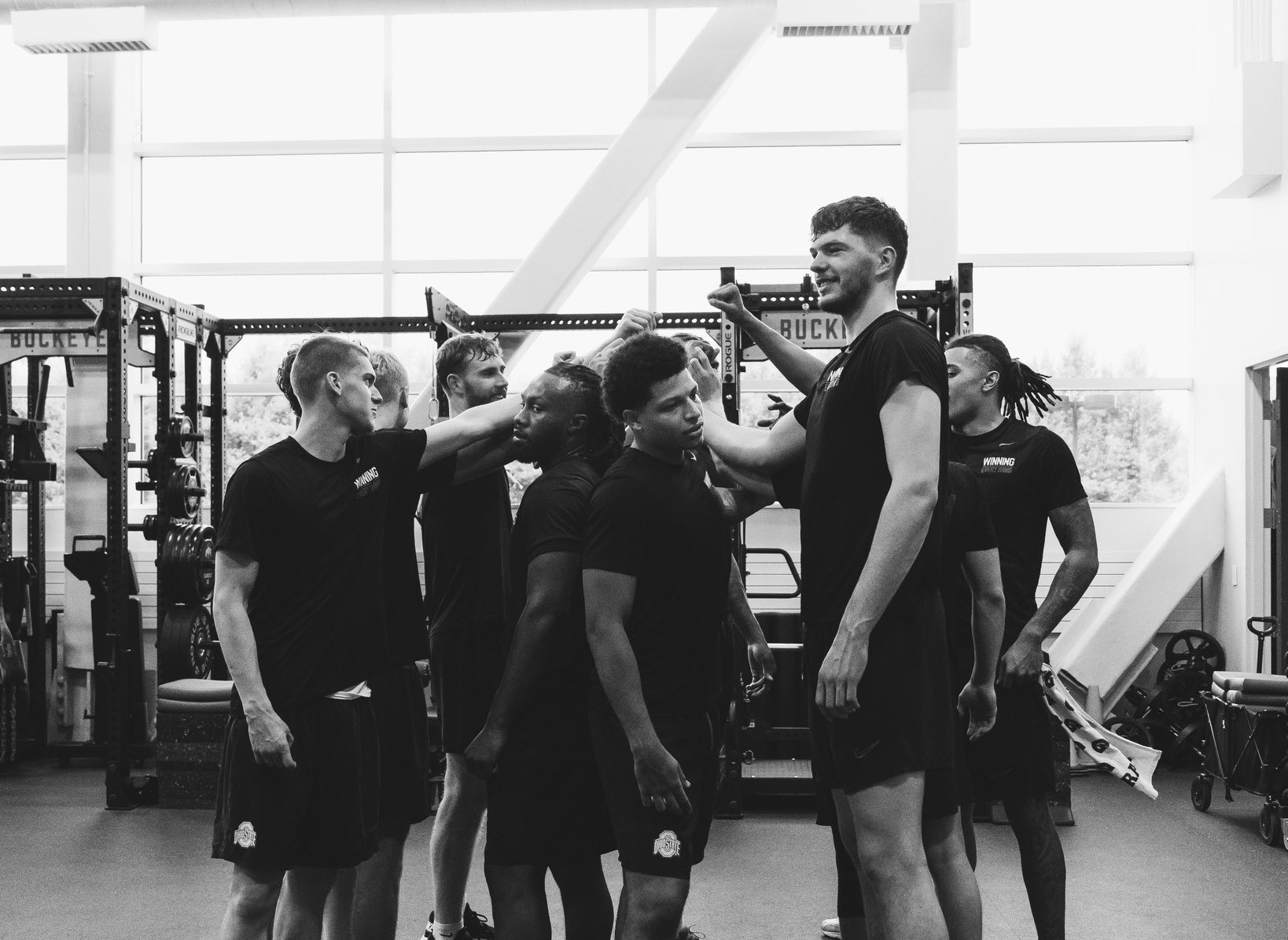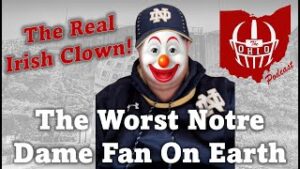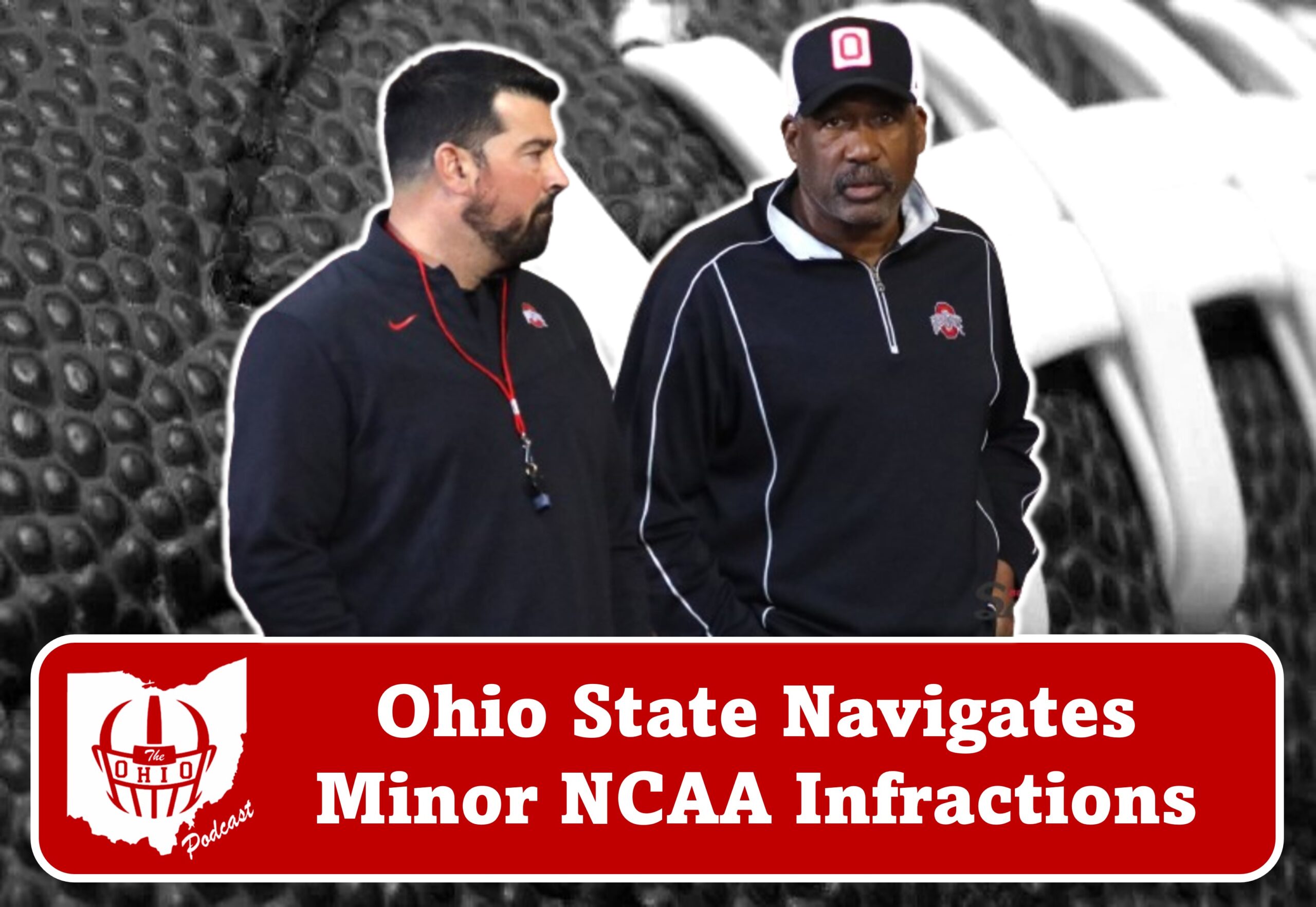
In recent news, the Ohio State University football program found itself under the NCAA’s scrutiny after self-reporting four minor rules infractions. Despite the concerns, the infractions were deemed Level III, indicating that they were isolated and limited in nature. The Columbus Dispatch reported on the incidents, shedding light on the university’s commitment to maintaining compliance within the NCAA regulations.
One of the infractions involved an assistant coach from Ohio State commenting on a player’s social media post before that player had officially entered the transfer portal. NCAA rules dictate that coaches can only engage with players on social media once they have completely registered with the NCAA transfer portal. As a result of this violation, Ohio State suspended recruiting efforts for a week and limited in-person contact for four days, demonstrating a proactive approach to addressing the issue.
Another infraction occurred when assistant coach Brian Hartline provided a recruiting photo to Chris Henry Jr. during an unofficial recruiting visit. NCAA guidelines prohibit the distribution of such materials to high school sophomores. Hartline faced consequences, being asked not to send any recruiting materials for a week, while the rest of the coaching staff was forbidden from sending anything to Henry for an additional two weeks.
During a game in September, a booster took a photo with a potential recruit on the sideline during a recruiting visit. The booster then shared the picture on social media, a breach of NCAA rules that stipulate contact between schools and recruits must be made only by authorized institutional staff members. The booster was barred from attending the next two home games, and Ohio State self-reported the violation on September 19. In response, the NCAA imposed a penalty by eliminating two in-person recruiting days for the football program.
The final infraction occurred when a staff member posted on a recruit’s social media, expressing “great news!” in response to the recruit’s decision to transfer to Ohio State. This violated NCAA rule 13.10.1.1, which prohibits schools from publicly commenting on a recruit until they sign an aid agreement. Ohio State’s compliance department provided additional education, and since the university self-reported the violation, no further punishment was issued by the NCAA.
Ohio State’s football program, a powerhouse in collegiate sports, demonstrated transparency and accountability by self-reporting these minor infractions promptly. While the penalties imposed by the NCAA were relatively mild, the university’s commitment to compliance sends a strong message about its dedication to upholding the integrity of college athletics. Moving forward, the program remains vigilant in adhering to NCAA rules, ensuring the continued success of Ohio State football with an emphasis on ethical and responsible conduct.
